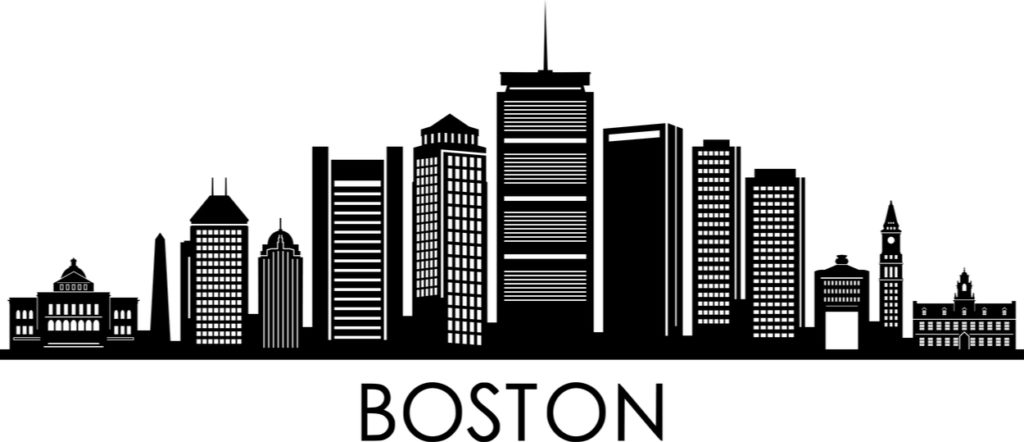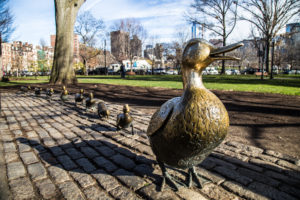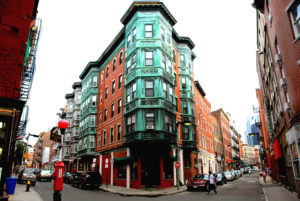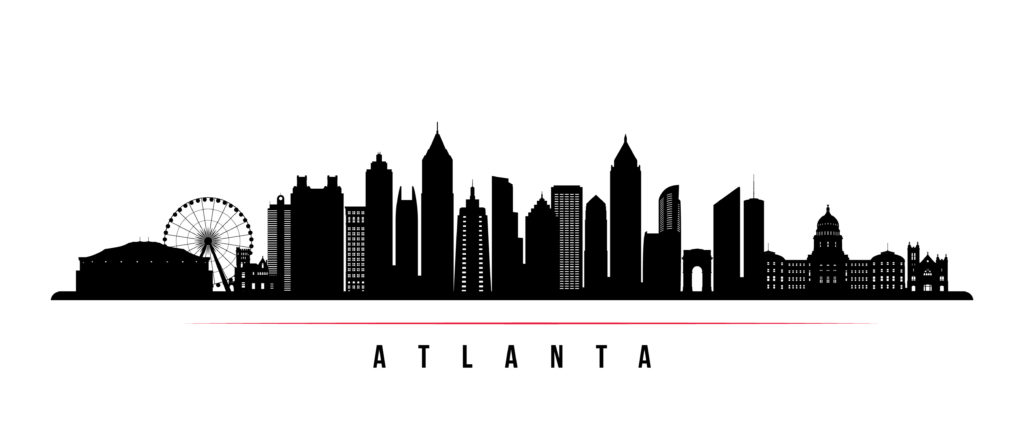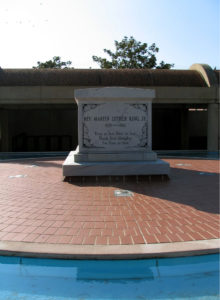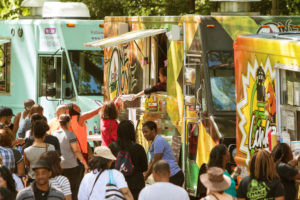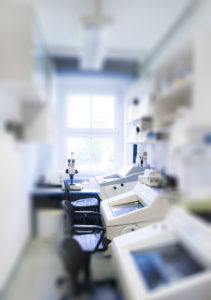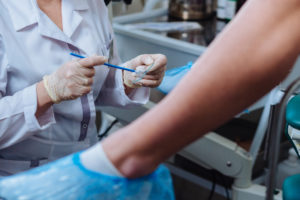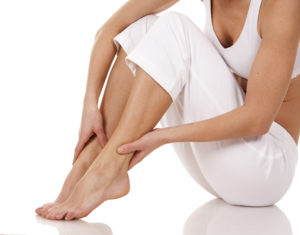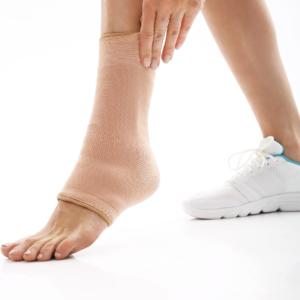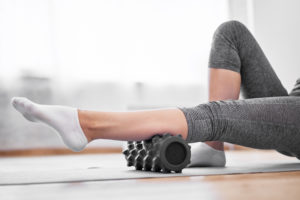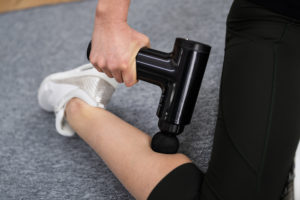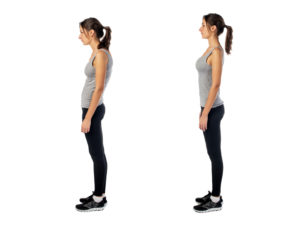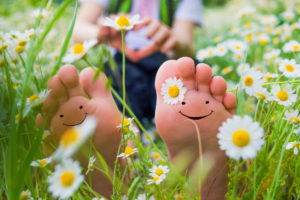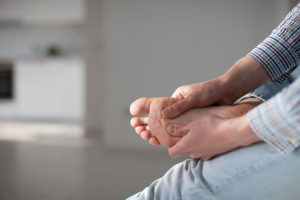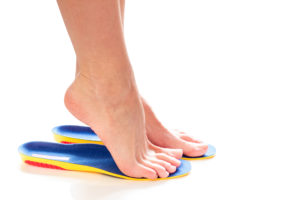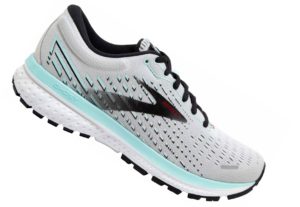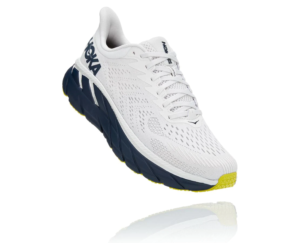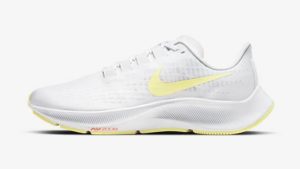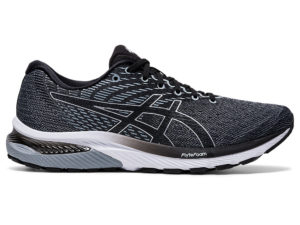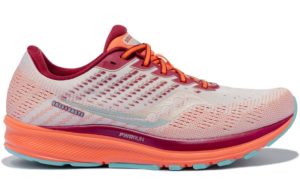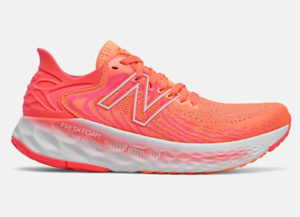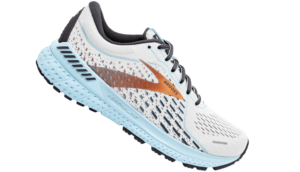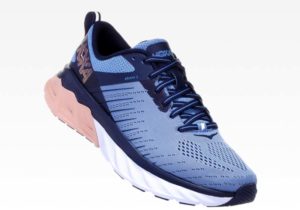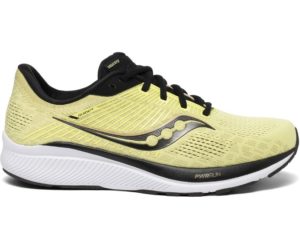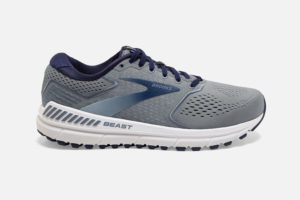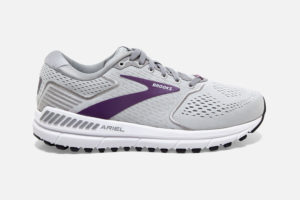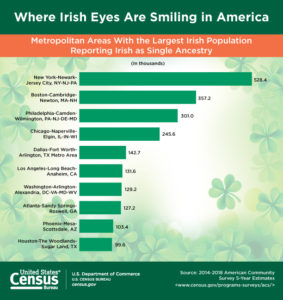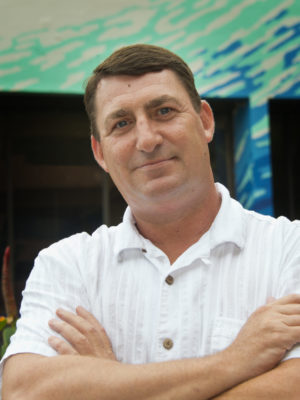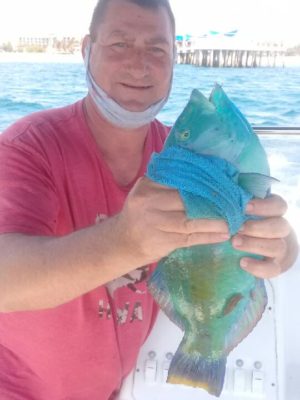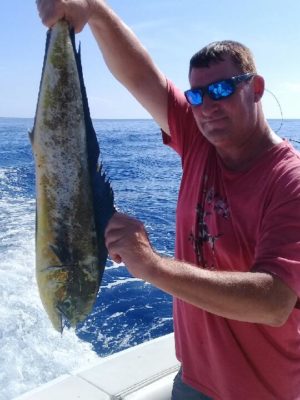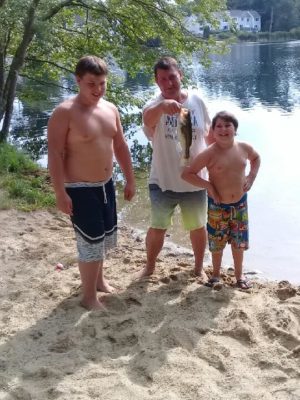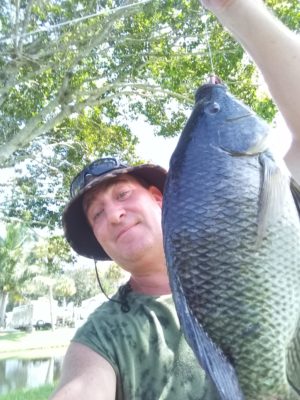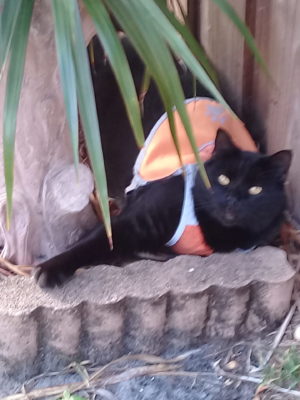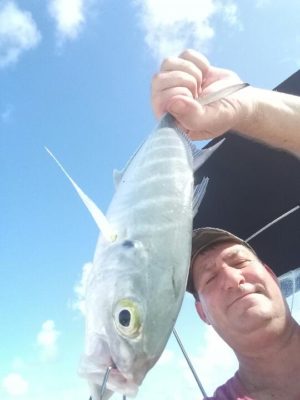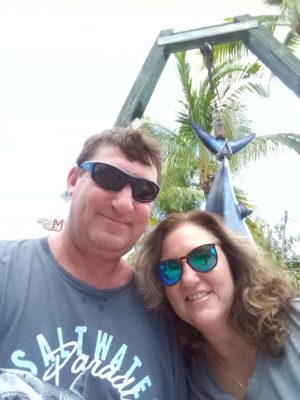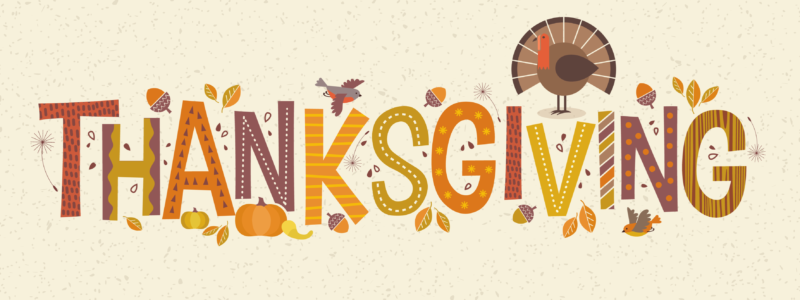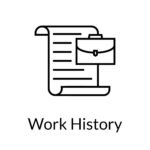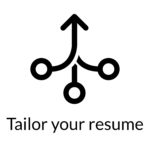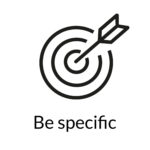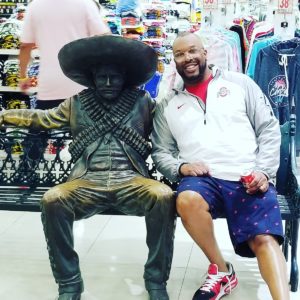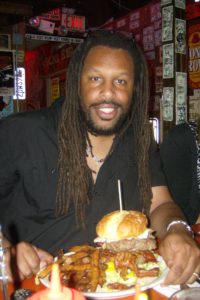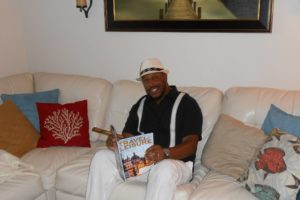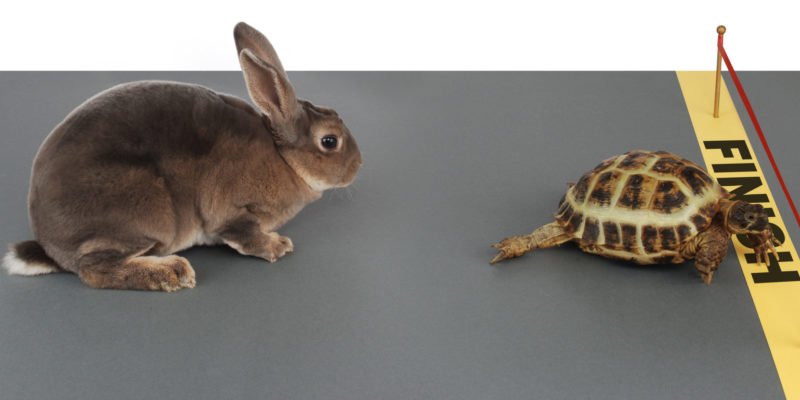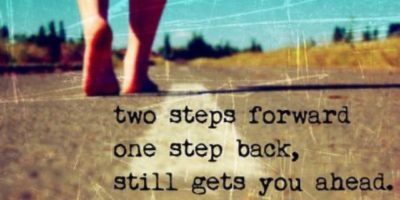Are you looking for a new contract or a permanent position in clinical or anatomic pathology? Consider Pennsylvania where history, culture, affordability, and opportunity abound.
Philadelphia & Beyond
Karen DiDonato ⋅ March 24, 2023
There are many reasons why someone might want to live and work in Philadelphia. Here are some of the most common:
Rich history and culture:

Philadelphia is one of the oldest cities in the United States and played a crucial role in the country’s founding. The city is home to many historical landmarks, museums, and cultural institutions, including Independence Hall, the Liberty Bell, the Philadelphia Museum of Art, and the Franklin Institute.
Vibrant arts and entertainment scene:
Philadelphia has a thriving arts and entertainment scene, with a wide variety of theaters, music venues, galleries, and festivals. The city is particularly known for its live music scene, which includes a number of iconic venues like the Trocadero, the Electric Factory, and the Fillmore.
Affordable cost of living:
Compared to many other major cities on the East Coast, Philadelphia has a relatively affordable cost of living. Housing, food, and transportation are all reasonably priced, and there are plenty of opportunities for affordable entertainment and recreation.
World-class education and research institutions:

Philadelphia is home to a number of prestigious universities and research institutions, including the University of Pennsylvania, Drexel University, and Temple University. These institutions attract talented and innovative people from all over the world.
Diversity and inclusivity:
Philadelphia is known for its diverse and inclusive community, which includes people from a wide range of ethnic, racial, and socioeconomic backgrounds. The city has a long history of progressive activism and is home to many advocacy groups and organizations working for social justice.
Convenient location:

Philadelphia is located on the East Coast of the United States, making it a convenient hub for travel and commerce. The city is just a short train ride away from other major East Coast cities like New York and Washington, D.C.
Overall, Philadelphia is a great place to live and work for people who are looking for a mix of history, culture, affordability, and opportunity.
HCI has multiple permanent jobs and contract opportunities available in Philadelphia and several others throughout Pennsylvania. Check them out here




